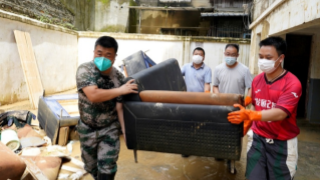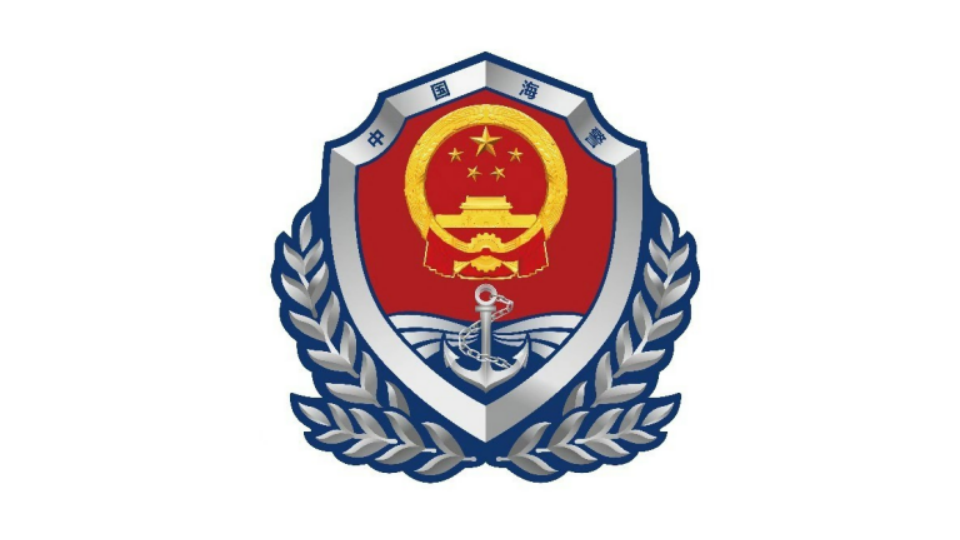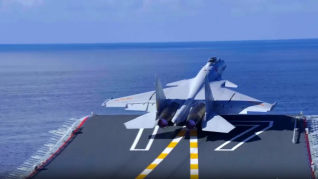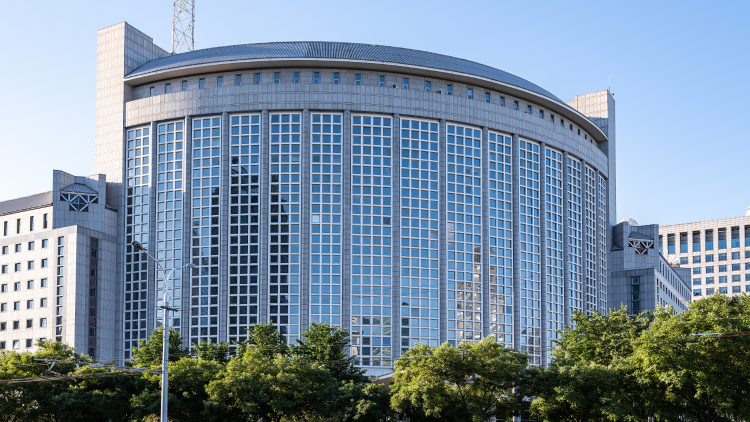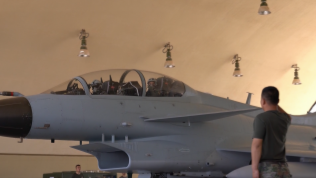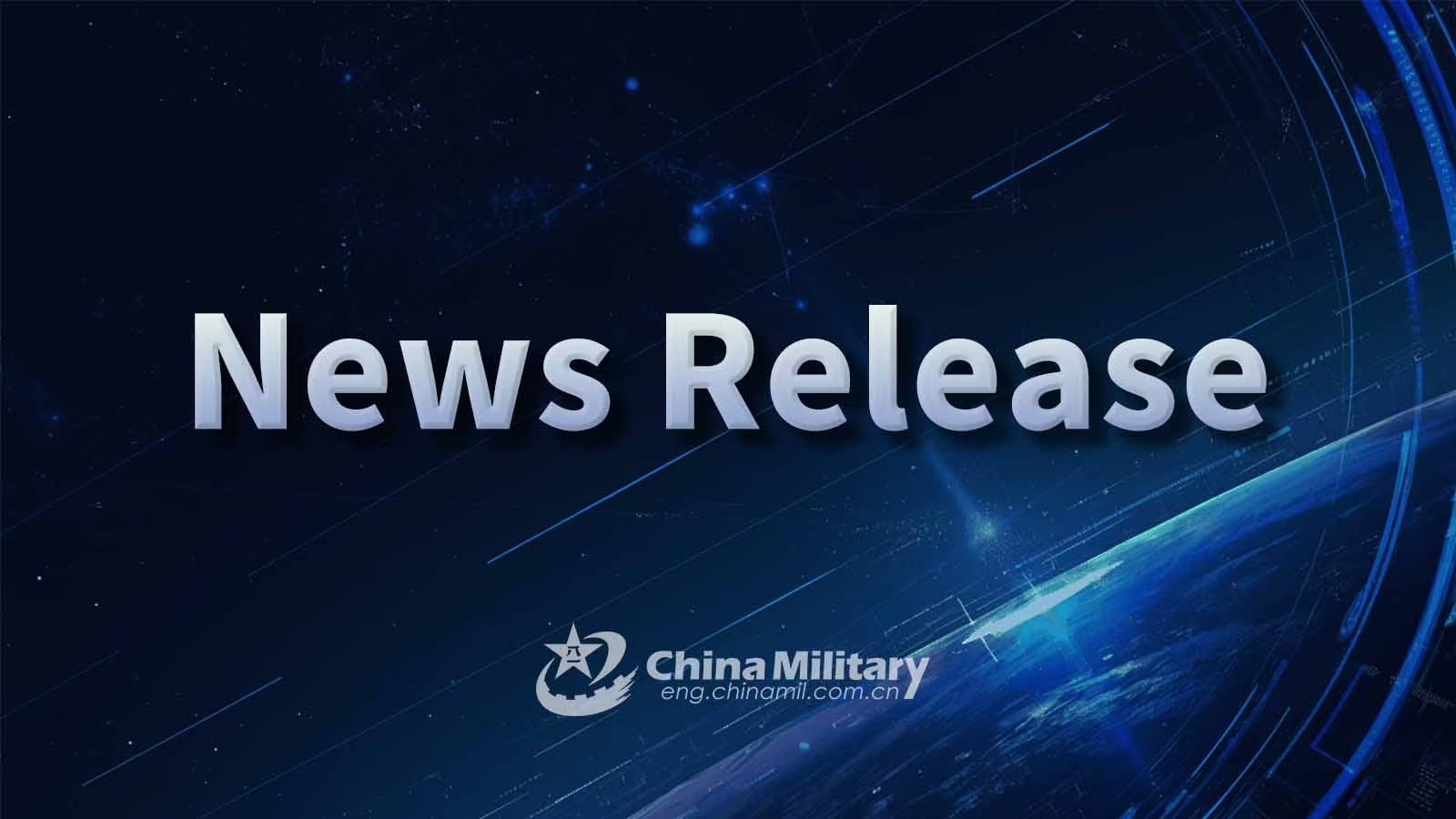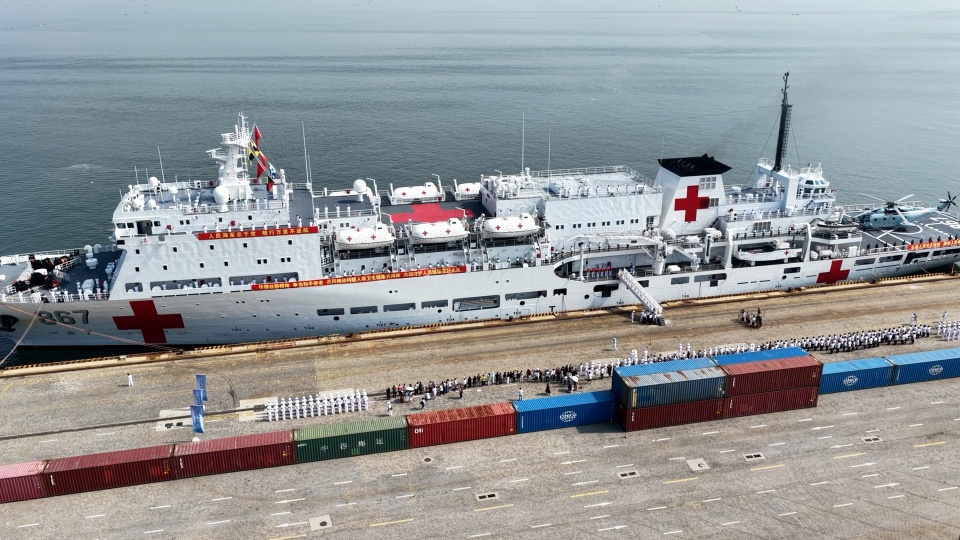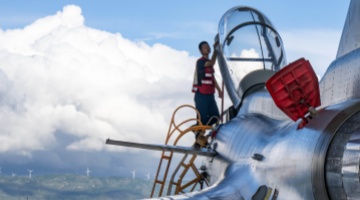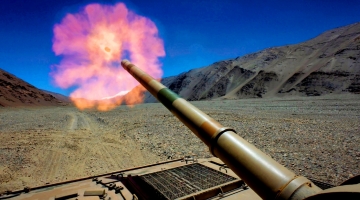By Han Jitao
韩基韬
On the evening of December 4, the China Coast Guard (CCG) released a scene video which showed that Philippine government vessel 3003 made unsafe approaches toward CCG ship 3302 and caused a collision. On that day, the Philippine Coast Guard ships, official ships and several fishing boats intruded into the territorial waters of China's Huangyan Dao. Just a few days ago, several Philippine ships illegally gathered in the waters of Houteng Jiao of Nansha Qundao of China under the pretext of fishing and brought along media reporters for a staged photo op to hype it. The CCG took necessary management and control measures against the Philippine ships in accordance with the law and regulations.
12月4日傍晚,中国海警局公布了一则现场视频:菲律宾3003号公务船以不专业方式危险接近中国海警3302舰,导致发生擦碰。这一天,菲律宾的海警船、公务船以及多艘渔船侵闯中国黄岩岛领海。而就在几天前,菲多艘船只打着捕鱼的旗号,赴中国南沙群岛鲎藤礁海域非法聚集,并携带媒体记者摆拍炒作。中国海警对菲方船只依法依规采取了必要管控措施。
From Houteng Jiao to Huangyan Dao, why does the Philippines initiate a new wave of provocations in the South China Sea at this particular time? Observers noted that on November 8, Philippine President Ferdinand Romualdez Marcos Jr signed the so-called "Maritime Zones Act" and "Archipelagic Sea Lanes Act," illegally including most of the islands, reefs, and waters of China's Huangyan Dao and Nansha Qundao within the Philippines' maritime jurisdiction in an attempt to legitimize the illegal arbitration ruling on the South China Sea dispute through domestic legislation. Less than a month later, the Philippines launched new incursions in the South China Sea as a substantive move to complement its legislative infringement.
从鲎藤礁到黄岩岛,菲律宾为何此时在南海发起新一轮挑衅闹事?外界注意到,11月8日,菲律宾总统马科斯签署了所谓《海洋区域法案》和《群岛海道法案》,将中国黄岩岛和南沙群岛大部分岛礁及相关海域非法纳入菲方海洋区域,妄图借国内立法形式固化南海仲裁案非法裁决。不到一个月,菲方在南海发起新一轮侵闯,就是配合其立法侵权采取的实质性举动。
Another context is that the US acknowledged in late November that they deployed a so-called "Task Force-Ayungin" composed of US troops in the Philippines. This emboldened the Philippine side to take more aggressive maritime actions in an attempt to achieve multiple objectives.
另一个背景是:11月下旬,美方首次承认在菲律宾部署了一支由美国军人组成的所谓“仁爱礁特遣队”。这给菲方壮了胆,令其海上行动更加冒进,妄图实现多重目的。
Analysts pointed out that the Philippines' provocative actions at sea are consistent with the Marcos administration's provocative policy on the South China Sea issue. The most direct purpose of this policy is to "get the upper hand" on the South China Sea issue through so-called entanglement, maintain the heat of the South China Sea issue in the global public opinion, and accumulate materials for smearing China and exaggerating the "China threat" narrative.
分析人士指出,菲律宾在海上的挑衅性举动,与马科斯政府在南海问题上的挑衅性政策一致。这种政策取向最直接的目的就是以所谓缠斗方式在南海问题上“占便宜”,在舆论场上维持南海议题热度,为抹黑中国、渲染“中国威胁论”不断积累素材。
China deposited to the UN the Statement on Baselines of Territorial Sea Adjacent to Huangyan Dao and Chart on December 2. By doing this, China fulfilled its obligations as a State Party to the United Nations Convention on the Law of the Sea, and exercised sovereignty and administrative jurisdiction over Huangyan Dao. On the same day, the Philippines once again made provocations in the South China Sea, apparently trying to test what kind of rights protection and law enforcement measures China would take after publishing the baseline of the territorial sea of Huangyan Dao. By stirring up troubles, the Marcos administration attempted to divert domestic conflicts and seek political self-interest, and to solidify its illegal gains and expand its illegal claims in the South China Sea. At the same time, it also reflects the Philippines' concerns and anxiety about the future direction of Philippine-U.S. relations, as it tries to remind or even "kidnap" the U.S. by provoking trouble at sea, hoping that the next U.S. administration will give it more substantial support.
12月2日,中国政府向联合国交存《中华人民共和国政府关于黄岩岛领海基线的声明》和相关海图。这是中国履行《联合国海洋法公约》缔约国的义务,也是对黄岩岛行使主权和行政管辖的表现。而在同一天,菲方再次在南海进行侵闯,显然是想试探中国在发布黄岩岛领海基线后会采取何种维权和执法措施。在这背后,也有马科斯政府转移国内矛盾、谋取政治私利的考虑,以及菲方固化在南海非法所得和扩大非法主张的动机。同时,还反映出菲律宾对未来菲美关系走向的担忧和焦虑,试图借在海上挑事来提醒甚至“绑架”美国,希望美国下一届政府给菲律宾更多的实质性支持。
For the South China Sea region, the Philippines' repeated provocations will bring more negative impacts on managing maritime disputes between China and the Philippines and their bilateral relations, and cause instability to the South China Sea situation. However, this will not fundamentally overturn the peace and stability in the South China Sea, nor will it affect the freedom and safety of navigation in the region.
对于南海地区来说,菲律宾一而再、再而三的挑衅行径,将给中菲管控海上分歧以及双边关系带来更多负面影响,给南海局势添乱。不过,这不会从根本上颠覆南海和平稳定的局势,也不会影响南海的航行自由和航行安全。
As a responsible major country, China's thinking and position on handling the South China Sea issue remain consistent and stable. China has always insisted on resolving the South China Sea dispute through negotiations and consultations with the countries directly involved. At the same time, China is fully prepared for all possible contingencies regarding the China-Philippine maritime dispute and continues to firmly safeguard its territorial sovereignty and maritime rights and interests. If the Philippines is obsessed with making troubles, it will pay a well-deserved painful price.
作为负责任大国,中国处理南海问题的思路、立场保持着延续性和稳定性。中方始终坚持同直接当事国通过谈判协商解决南海争端,同时对中菲海洋争端的可能走向有着充分准备和清醒认识,继续坚定维护自身的领土主权和海洋权益。菲律宾执迷不悟继续制造事端,必定要付出相应的有痛感的代价。
As for some external countries that have supported the Philippines to make troubles in the South China Sea, they have never viewed the South China Sea issue based on the merits and historical backgrounds of the matter. Instead, they have looked at China through "tinted glasses" and used "double standards" to attack and smear China's South China Sea policy. However, they cannot represent the international community, and they run counter to ASEAN's overall desire for peace and stability in the South China Sea.
至于个别给菲律宾南海闹事撑腰站台的域外国家,从来没有基于事情的是非曲直和历史经纬来看待南海问题,而是戴着“有色眼镜”、采取“双重标准”对中国的南海政策攻击抹黑。但它们代表不了国际社会,更与东盟希望南海和平稳定的整体诉求背道而驰。
Editor's note: Originally published on news.cri.cn, this article is translated from Chinese into English and edited by the China Military Online. The information and opinions in this article do not necessarily reflect the views of eng.chinamil.com.cn.





